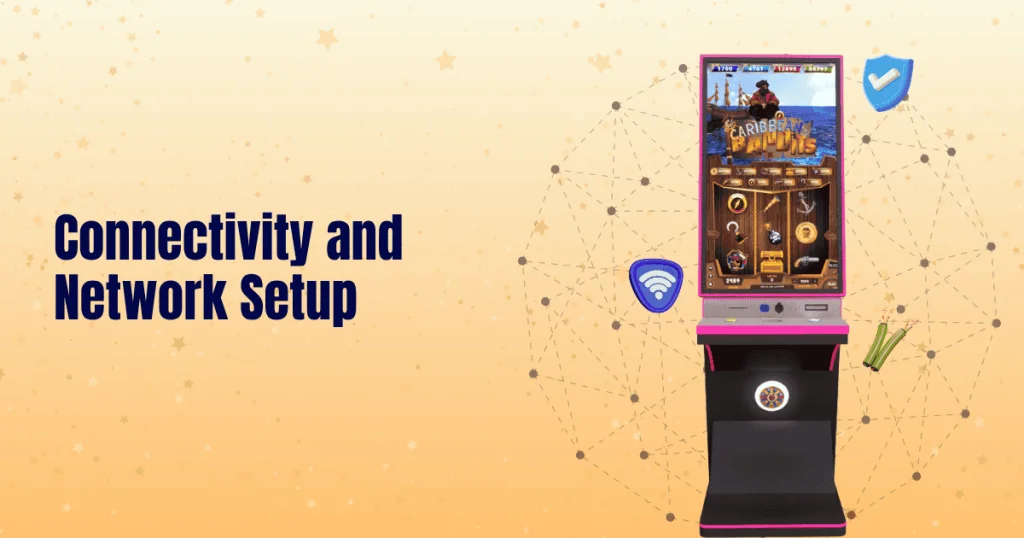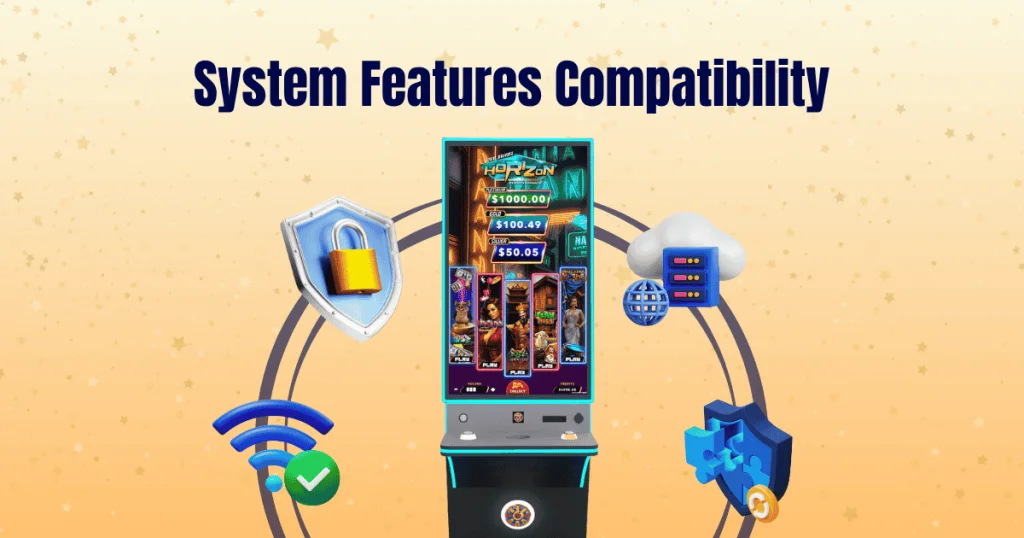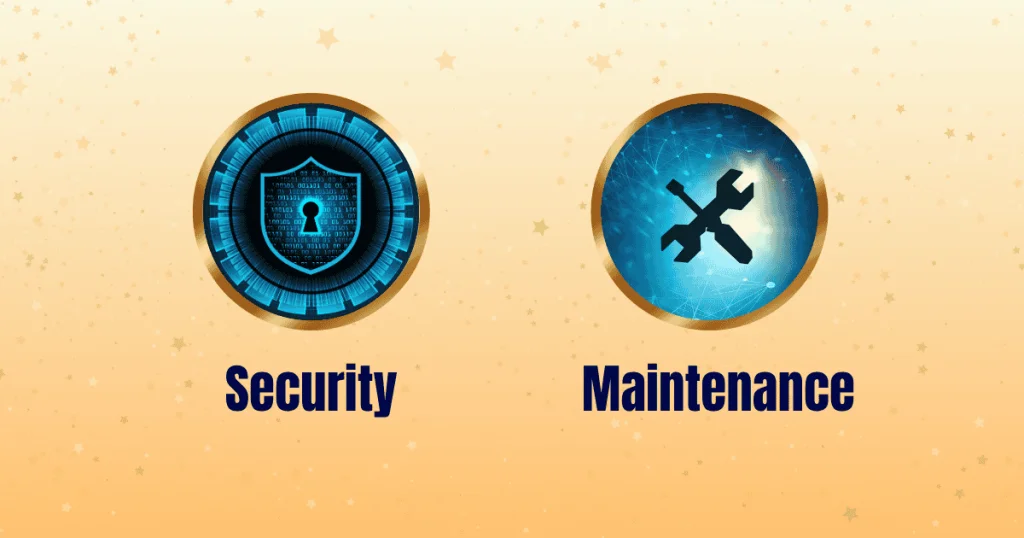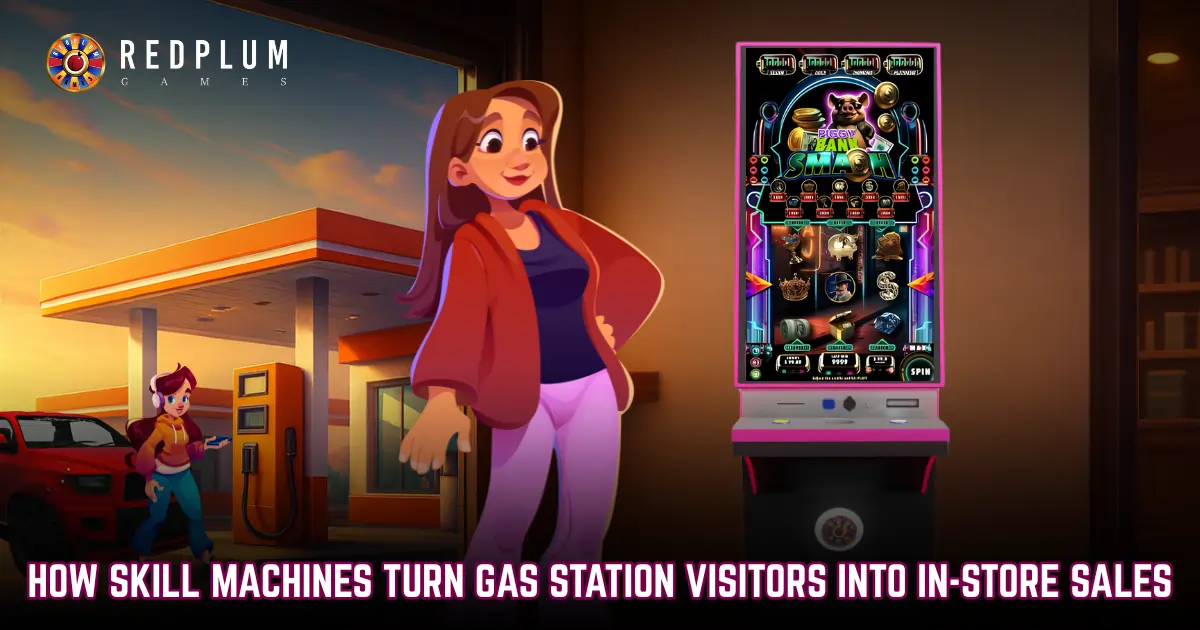How Skill Machines Turn Gas Station Visitors Into In-Store Sales
How Skill Machines Turn Gas Station Visitors Into In-Store Sales Gas stations try many small ideas to raise daily sales. Some work a bit like adding gas station slot machines. Some do nothing. Skill gaming machines are different. They shift how people move inside a shop. Many owners say it feels like a quiet boost…









